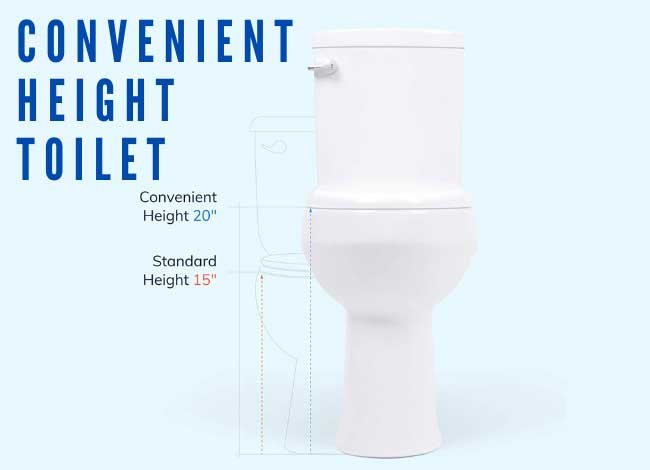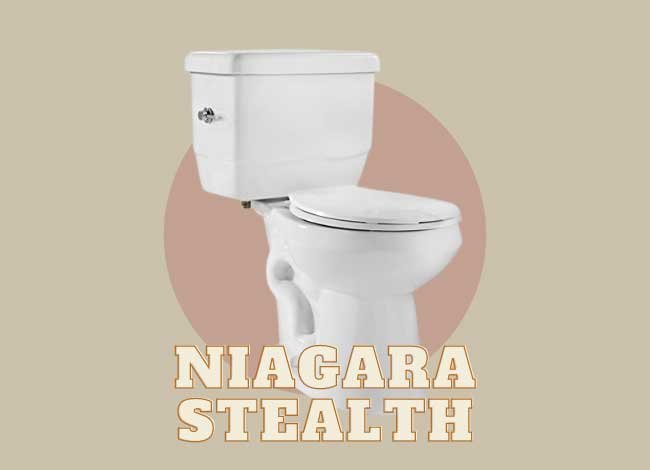Last Updated on July 8, 2025
How Far Can You Move A Toilet From The Stack?
Suppose your toilet does not have the ideal distance from the plumbing stack—can you safely relocate it to a better spot?
Yes, it is possible to move a toilet from its original location. However, several important factors must be considered before doing so. Improper movement can cause cracking, leaks, or structural damage. In some cases, the toilet may press against the wall, damaging both the surface and the fixture. Moreover, relocating a toilet isn’t cheap—it can be costly, labor-intensive, and may require a plumbing permit depending on your location.
Standard Distance Between the Toilet and the Main Stack
The allowable distance between a toilet and the main stack depends mainly on the diameter of the waste line. Here’s a basic guide:
- 3-inch waste line: Up to 6 feet from the stack
- 4-inch waste line: Up to 10 feet from the stack
So, if you’re wondering how far you can move a toilet from the stack, the answer is—it depends on the pipe size. Larger-diameter waste pipes allow for more extended distances. This is due to better flow efficiency and reduced risk of clogs.
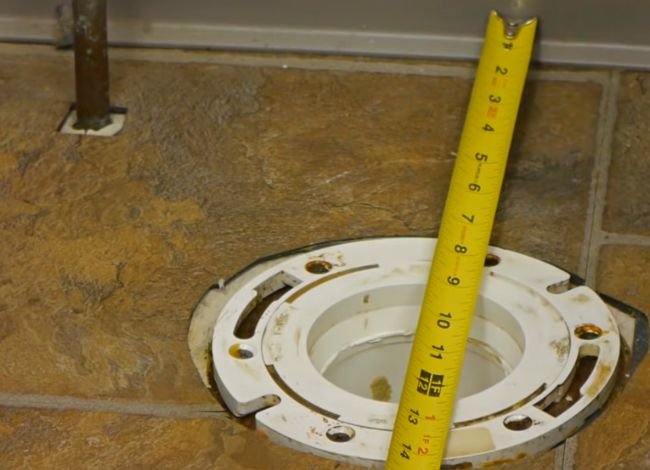
If you’re unsure of your pipe sizes or don’t have experience working with drainage systems, it’s wise to hire a professional plumber. They’ll measure pipe diameters and ensure proper installation, avoiding future issues like slow drainage or clogs. Reduced flow rate is a common issue when the distance from the stack is too long or improperly configured.
Things to Consider Before Moving a Toilet
Moving a toilet may seem like a good idea during a bathroom remodel or layout upgrade, but it’s not a simple DIY project. There are several essential things to consider before making the move—both from a structural and financial perspective. These factors help determine whether relocating the toilet is practical, safe, and worth the investment.
🚽 Bathroom Flooring Type
Your bathroom’s flooring material plays a critical role in the toilet relocation process. For example, removing tile, marble, or laminate flooring is not only labor-intensive but also expensive. If your bathroom floor is already tiled, removing the toilet might lead to cracked tiles or broken edges. So, unless absolutely necessary, it’s best to avoid moving the toilet if your bathroom has high-end or difficult-to-replace flooring.
Read: How to Protect the Floor Around the Toilet
🚻 Bathroom Size and Layout
Space constraints can significantly limit your toilet relocation options. In a small bathroom, there may not be enough clearance or suitable plumbing paths to reposition the toilet without expensive rerouting. Conversely, in a larger bathroom, you have more flexibility. You might even swap the toilet’s location with another fixture, such as a bidet or shower—if plumbing layout permits.
👨🔧 Plumber’s Help Is Essential
Unless you’re an experienced plumber, do not attempt to relocate a toilet on your own. You might damage the waste pipe or install fittings incorrectly, leading to severe leaks or inefficient drainage. A licensed plumber can inspect your current setup, recommend a feasible layout, and handle everything from cutting into concrete to rerouting the drain system. Hiring a professional also ensures the work complies with building codes.
Other Considerations
- Local Plumbing Codes: Check if there are restrictions or permit requirements for relocating toilets in your area.
- Ventilation: The new location must still connect to the vent stack or an approved air admittance valve to ensure proper flushing.
- Slope of Drain Pipe: Horizontal drain lines require a 1/4-inch drop per foot for proper gravity-based flow. If the distance is too far, the toilet might not drain efficiently.
Things to Relocate Before Moving the Toilet
When relocating a toilet, you’re not just moving the bowl—you’re shifting an entire plumbing setup. From drain pipes to water supply lines, each component must be carefully adjusted to ensure proper functionality and long-term performance. Here’s what needs to be relocated:
🚽 Toilet Drain Pipes
The most crucial component of a toilet’s drainage system is the toilet drain pipe. This pipe carries wastewater from the toilet to the main sewer line or septic tank. Drainpipes typically have a diameter of 3 to 4 inches and must be properly sloped to allow gravity to carry waste efficiently.
If the toilet is moved further from the stack, the drain pipe must be re-routed and carefully sloped at a 1/4 inch per foot to avoid blockages. A longer or flatter pipe may result in clogs or slow flushing performance. Also, the pipe connection to the main stack must be secure and leak-free.
Remember: When moving the drainpipe, always account for the waste line distance, as it is directly related to how far you can move a toilet from the stack without compromising performance.
💧 Water Supply Line
Unlike the drainpipe, the water supply line is easier to move. These pipes are typically smaller (usually 1/2 inch in diameter) and flexible enough to be rerouted with minimal effort. However, you’ll still need to ensure proper placement near the new toilet position.
Simply measure the new toilet location and install a compatible shut-off valve and supply line to ensure smooth water delivery to the tank. Make sure the line is securely connected and tested for leaks before sealing the wall or floor.
🧰 Additional Components to Adjust
- Wax ring or rubber seal: You’ll need a new one if the old one is damaged during removal.
- Toilet flange: This must be correctly reinstalled or replaced to create a tight seal between the toilet and the drain pipe.
- Vent connection: Toilets require venting to avoid suction problems. The vent line may also need to be rerouted depending on your toilet’s new position.
How to Move a Toilet from One Place to Another
Once you’ve determined that moving your toilet is feasible, it’s time to start the process. Relocating a toilet requires careful planning, the right tools, and precise measurements. Below is a step-by-step guide to help you understand the basic procedures. However, hiring a professional plumber is strongly recommended to avoid mistakes that may lead to costly repairs.
🛠 Step 1: Remove the Toilet Flange
Start by removing the toilet flange, which connects the toilet to the drain pipe. Use a screwdriver or a drill to unscrew the bolts. If the flange is glued or sealed to the floor, you may need a reciprocating saw or hammer to break it loose.
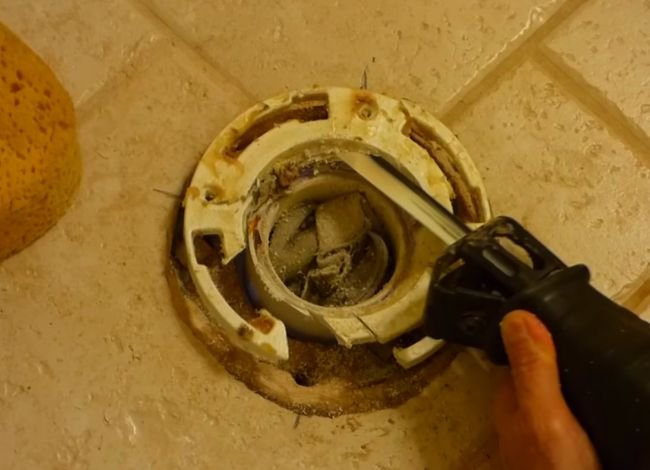
Read: How to Remove Rusted Toilet Flange Bolts
🛠 Step 2: Remove the Existing Drain Pipe (If Needed)
Inspect the condition of the existing drainpipe. If it’s in good shape and within acceptable distance from the new toilet location, you may be able to reuse it. However, older pipes (especially those 30–40 years old) often need replacing due to corrosion or cracking.
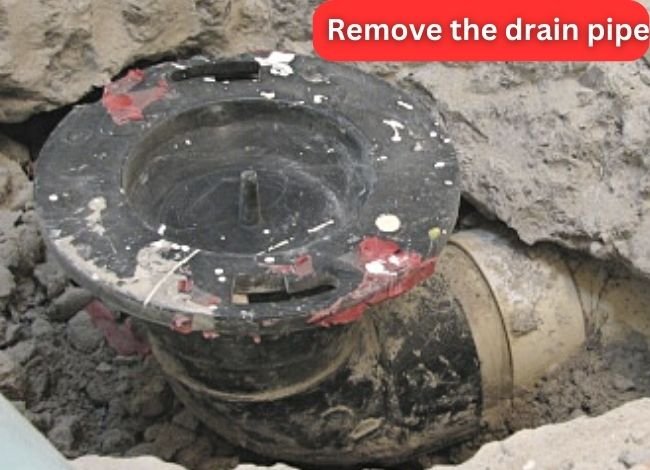
🛠 Step 3: Install a New Drainage System
Now it’s time to install a new drainpipe if needed. This part is critical because it determines how far the toilet can be moved from the stack. Ensure that the slope is at least 1/4 inch per foot and that the drainpipe diameter is appropriate (3″ or 4″).
Use PVC or ABS piping, depending on your local building code. Secure all joints with primer and solvent cement. APEX pipes are also a suitable option for long-lasting performance, especially for connecting to the main stack.
🛠 Step 4: Install the Toilet
With the new drainage system in place, reinstall the toilet. If the previous flange is undamaged, you may reuse it. Otherwise, install a new flange aligned with the new drainpipe. Ensure it’s flush with the floor and tightly sealed with a wax ring or rubber gasket.
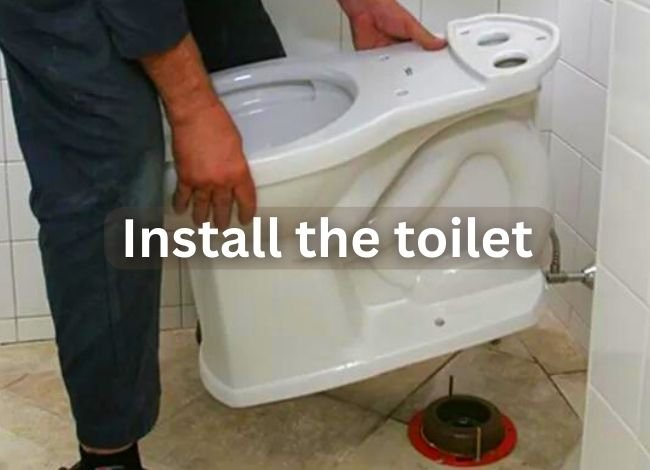
Secure the toilet with new bolts, reconnect the water supply line, and test for leaks. Once everything checks out, seal around the base of the toilet with caulk for a clean and watertight finish.
❗ Do You Need Planning Permission to Move a Toilet?
In most cases, no formal planning permission is needed if the bathroom remains in the same location within the property. However, if you’re converting a non-bathroom space—such as a bedroom or storage room—into a bathroom with a relocated toilet, local building codes or permits may be required. Always check with your local authority or building inspector to avoid future legal issues.
FAQs About Moving a Toilet and Stack Distance
❓How far can you move a toilet from the stack?
Answer: You can typically move a toilet up to 6 feet from the stack with a 3-inch waste pipe and up to 10 feet with a 4-inch pipe. These distances allow gravity to maintain proper flow. Always ensure the drain slope is at least 1/4 inch per foot.
❓Can a toilet be moved without breaking the floor?
Answer: In most cases, you will need to access the floor to reroute the drainpipe, especially if the toilet is moving more than a few inches. If your floor is concrete or tiled, breaking and repatching will be necessary.
❓Is it expensive to move a toilet?
Answer: Yes, relocating a toilet can cost anywhere from $500 to $3,000 or more, depending on plumbing complexity, floor material, and labor. Concrete slab foundations and longer relocations cost significantly more.
❓Do I need a vent when moving a toilet?
Answer: Absolutely. Every toilet must be properly vented to prevent negative pressure from disrupting water flow. If the new location is far from the main vent, you may need to install an auxiliary vent or air admittance valve.
❓Can I use flexible waste pipes to relocate my toilet?
Answer: No, flexible pipes are not suitable for toilet drains because they do not maintain proper slope or support the required volume. Rigid PVC or ABS pipes with proper slope are always recommended.
❓What happens if the toilet is too far from the stack?
Answer: If the toilet is too far and the slope is insufficient, waste may not drain properly, leading to clogs, sewer gas buildup, or even toilet backups. Always calculate the proper slope and use the correct pipe size.
Summary
So, how far can you move a toilet from the stack? The answer depends on your waste pipe diameter, venting availability, floor construction, and your willingness to do it right. Don’t cut corners—hire a pro if needed and follow local plumbing codes for a smooth and worry-free toilet relocation.
Hi, I am Jose S. Franz. Currently, I am working as a professional plumber, and our team offers various plumbing services at an affordable price. After my college education, I completed a vocational certification course in plumbing systems and worked with several construction companies. Since then, I have fixed lots of different toilet models, from older to the latest versions. So I have more than 22 years of experience installing plumbing systems and toilets in both residential and commercial buildings.


